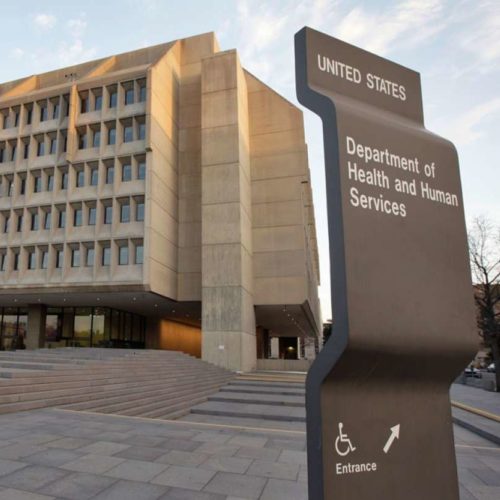Introduction
Regulators in 38 states last year reviewed all health insurance companies’ planned increases in premiums before the rates took effect, according to a Government Accountability Office survey that also found the reviews ranged from detailed examinations to a cursory glance at rate justifications.
While some state insurance regulators had the power to approve or reject all rate filings by health insurance companies in 2010, others could review rate increases only after they took effect, the GAO survey said. Still others like Illinois and Louisiana had little authority over premium increases last year.
Premiums paid by Americans for health insurance from their employers more than doubled in the past decade, according to the Kaiser Family Foundation. iWatch News columnist Wendell Potter, a former health insurance industry executive, described in a May analysis how U.S. health insurance companies demand more transparency from doctors and hospitals but have resisted efforts to require their own industry to share more information about what is behind premium rate increases.
With the passage of the health reform law last year, the Health and Human Services Department (HHS) is awarding $250 million in grants over five years to help state regulators do a better job of overseeing insurers’ rate increases. The survey found that 41 state insurance regulators are using grant money to make changes such as seeking state legislation to gain more authority over rates, hiring actuaries, and improving their technology to analyze rate filings.
Other changes underway to improve rate reviews, according to the GAO survey, included:
- Requiring health insurers to submit more detailed information in rate filings about medical costs and how premiums are spent on services and tests.
- Buying or collecting additional data to improve analyses of rate filing requests. For example, Ohio’s insurance regulator is obtaining national claims data on health costs so it can verify costs submitted by insurers in their filings.
- Increasing consumer involvement in the rate review process by posting rate filings on a state website and creating an online comment form. Only 14 states – including California, Texas and New York — said they gave consumers access to the rate process in 2010 through public hearings or public comment periods.
The GAO survey found a wide range of practices among state regulators that review insurance rate filings. While most examined trends in medical costs, benefits provided to policy holders, and an insurance company’s so-called medical loss ratio, fewer than half said they also reviewed insurers’ capital levels against state-required minimums.
Five states told the GAO that more than half of the proposed rate increases they reviewed in 2010 were rejected, withdrawn by the company, or trimmed. Those states were Connecticut, Iowa, New York, North Dakota and Utah.
However, six states – Arizona, Idaho, Missouri, Nebraska, Wisconsin and Wyoming – said that in 2010 they had no rate filings that were rejected, withdrawn or trimmed.
States hold primary responsibility for regulating insurance rates within their borders. But until last year, fewer than half of U.S. states and territories had the power to reject increases in premium rates, the GAO said.
The federal government is also taking steps to increase transparency among health insurance providers. Starting in September, it will require health insurance companies seeking rate increases of 10 percent or more to disclose proposed increases and their justifications for them.
“This transparency in the health insurance market will help to promote competition, encourage insurers to work towards controlling health care costs and discourage insurers from charging unjustified premiums,” the HHS said in comments attached to the GAO report. “For too long, insurance companies in many states have increased health insurance premiums with little oversight, transparency or public accountability.”
The GAO said the state insurance regulator in Indiana refused to complete the survey.
FAST FACT: About 173 million Americans under the age of 65 had private health insurance in 2009, mostly through plans offered by their employers. Some 17 million obtained health insurance by purchasing individual plans.
Read more in Health
Health
Top health information technology firms prefer ‘revolving door’ lobbyists
Emdeon, CareFusion among those wanting former legislative, executive branch staffers
Health
Privacy advocates want stricter rules for online, patient-controlled health records
HHS study on how to proceed is 18 months late, with no target date for completion


Join the conversation
Show Comments